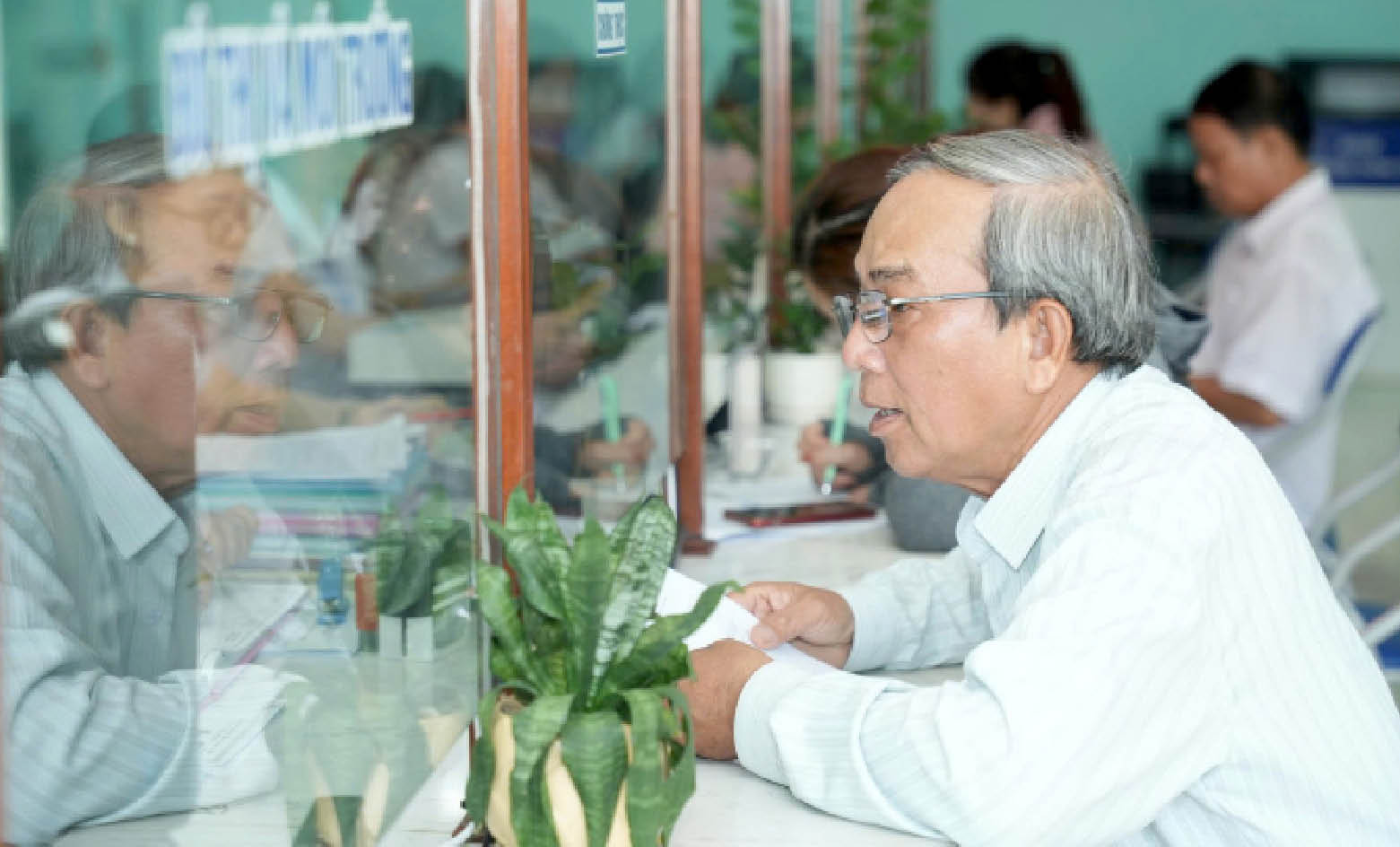 |
| With a two-tiered local government model, citizens will receive better services. |
From "extended arms" to "on-site operating brains"
"The commune level is no longer just an 'extension of the arm,' but has become the 'on-site operational brain'" - this image has been repeatedly emphasized by city leaders, due to the new role of commune-level governments in the two-tiered local government model.
To officially launch the model on July 1, 2025, the city has made very thorough preparations. The reorganization of commune-level administrative units has been carried out synchronously and systematically, from personnel, infrastructure, and operational procedures, to the transformation of information technology infrastructure and databases.
The 40 newly established commune-level administrative units (including 21 wards and 19 communes) have had their administrative structures reorganized to ensure a more balanced management capacity, with a full complement of specialized departments: the People's Council & People's Committee Office, the Economic Department (or Economic - Infrastructure - Urban Planning Department for wards), the Culture - Social Affairs Department, and for wards with large populations such as Phu Xuan and Thuan Hoa, an additional Planning - Finance Department.
The commune-level public administrative service center is organized as a single point of contact specializing in receiving and processing administrative procedures, with the Vice Chairman of the Commune/Ward People's Committee also serving as the director. This model is both streamlined and professional, providing better service to the actual needs of the locality.
“We have identified the commune-level government within the two-tiered local model as the place where the image of the State in the eyes of the people is most clearly reflected. Therefore, each official and each department must innovate their service mindset, shifting from passive to proactive, from administrative to constructive,” shared Mr. Nguyen Van Manh, Director of the Department of Internal Affairs.
At the conference on the implementation of local government activities at both levels, the Deputy Secretary of the City Party Committee and Chairman of the City People's Committee, Mr. Nguyen Van Phuong, stated that the transition is not without gaps. This is not simply a division of units, but a genuine handover of government. "We aim to ensure that no public services are interrupted; citizens and businesses will continue to receive services, more conveniently than before," Mr. Nguyen Van Phuong emphasized.
Entrusting trust
Before officially commencing operations, the public administrative centers in localities underwent "trial runs." Officials and civil servants received thorough training in areas ranging from office work, land management, finance and planning, to skills in applying electronic document management and administrative information software.
However, numerous challenges remain. During simultaneous inspections by city leaders in various localities, some communes still lack technological infrastructure, are struggling with the delegation of authority for processing documents, or have not yet been granted accounts to approve online applications. The number of pending land-related applications due to changes in administrative boundaries is also quite large. Some commune-level officials, accustomed to working in a traditional manner, now need to quickly adapt to the software and new technical procedures.
“The city is supporting each locality in overcoming difficulties. We don't wait for perfection before acting, but rather work to gradually improve. We address obstacles wherever they arise, preventing prolonged bottlenecks,” said Mr. Nguyen Thanh Binh, Standing Member of the City Party Committee and Permanent Vice Chairman of the City People's Committee.
A key feature of the two-tiered local government model is the focus on building a digital government at the commune level, which is closest to the people but also possesses the richest data. Online public services at levels 3 and 4 are prioritized; specialized software is integrated and interconnected; and population, land, and civil registration data are synchronized, significantly reducing processing time and costs for both citizens and officials.
According to the Chairman of the City People's Committee, Mr. Nguyen Van Phuong, the commune-level public administrative center must be a place where citizens can receive their requests and results transparently and quickly. There should be no more roundabout procedures or referrals as before. Technology helps to make processing more transparent, but the core element remains the attitude of service.
The city government aims to handle administrative procedures across geographical boundaries, using a widespread network of post offices ; deploying satellite offices to reduce geographical distance; and piloting flexible delegation of authority to neighborhood groups and villages in emergency situations such as disaster prevention and control.
The two-tiered local government model is a step towards realizing the Party's guidelines, the National Assembly's resolutions, and the smart city development orientation in Vietnam. It not only streamlines organization and enhances governance capacity but also contributes to building an administration that is "close to the people, for the people, and serving the people." To succeed, there must be synergy between policies and people. Hue strives to achieve this with a proactive attitude, strong organizational capacity, and a determined commitment to action. This progress will not stop on July 1st but will be a long-term journey to form a truly modern, truly service-oriented government, starting from the grassroots level.
| This morning (June 30), the Standing Committee of the Hue City Party Committee held a ceremony to announce Resolution 1675/NQ-UBTVQH15, dated June 16, 2025, of the Standing Committee of the National Assembly on the rearrangement of commune-level administrative units in Hue City; and the decisions of the City Party Committee and the Standing Committee of the City Party Committee on the organizational structure of communes and wards in Hue City. |
Source: https://huengaynay.vn/chinh-polit-xa-hoi/chuyen-dong-tu-tam-the-den-nang-luc-155178.html


![[Photo] Closing Ceremony of the 10th Session of the 15th National Assembly](/_next/image?url=https%3A%2F%2Fvphoto.vietnam.vn%2Fthumb%2F1200x675%2Fvietnam%2Fresource%2FIMAGE%2F2025%2F12%2F11%2F1765448959967_image-1437-jpg.webp&w=3840&q=75)


![[Photo] Prime Minister Pham Minh Chinh holds a phone call with the CEO of Russia's Rosatom Corporation.](/_next/image?url=https%3A%2F%2Fvphoto.vietnam.vn%2Fthumb%2F1200x675%2Fvietnam%2Fresource%2FIMAGE%2F2025%2F12%2F11%2F1765464552365_dsc-5295-jpg.webp&w=3840&q=75)




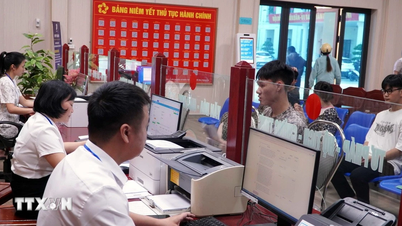

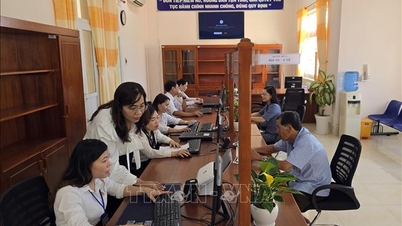

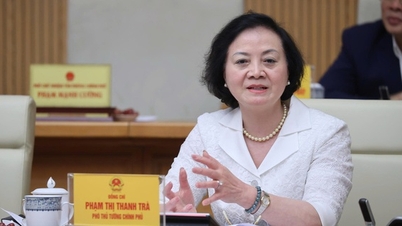


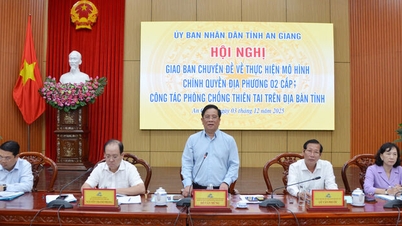


















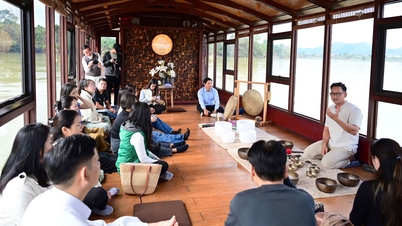
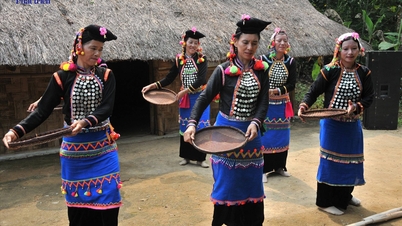

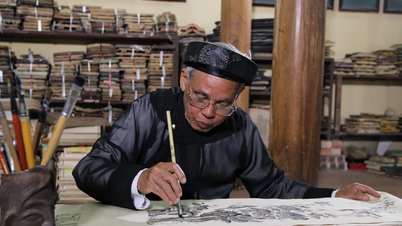

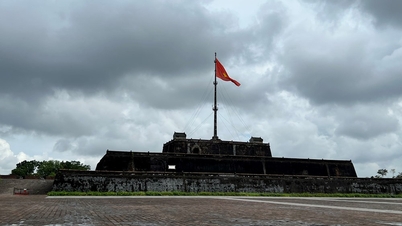

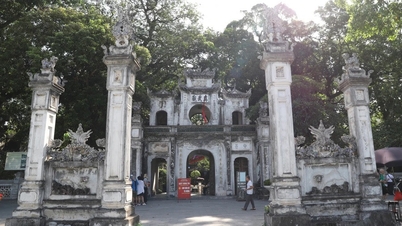

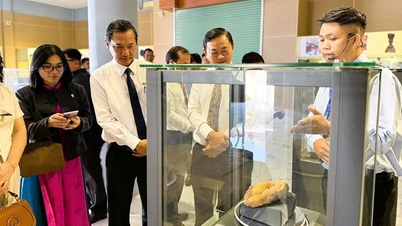
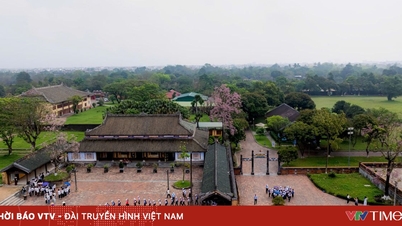







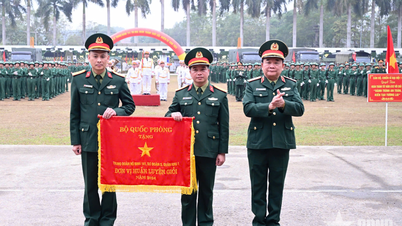




![[OFFICIAL] MISA GROUP ANNOUNCES ITS PIONEERING BRAND POSITIONING IN BUILDING AGENTIC AI FOR BUSINESSES, HOUSEHOLDS, AND THE GOVERNMENT](https://vphoto.vietnam.vn/thumb/402x226/vietnam/resource/IMAGE/2025/12/11/1765444754256_agentic-ai_postfb-scaled.png)



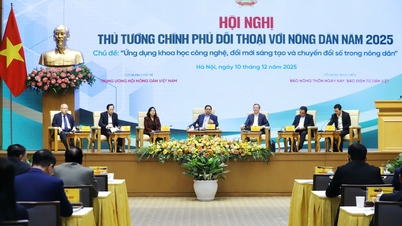




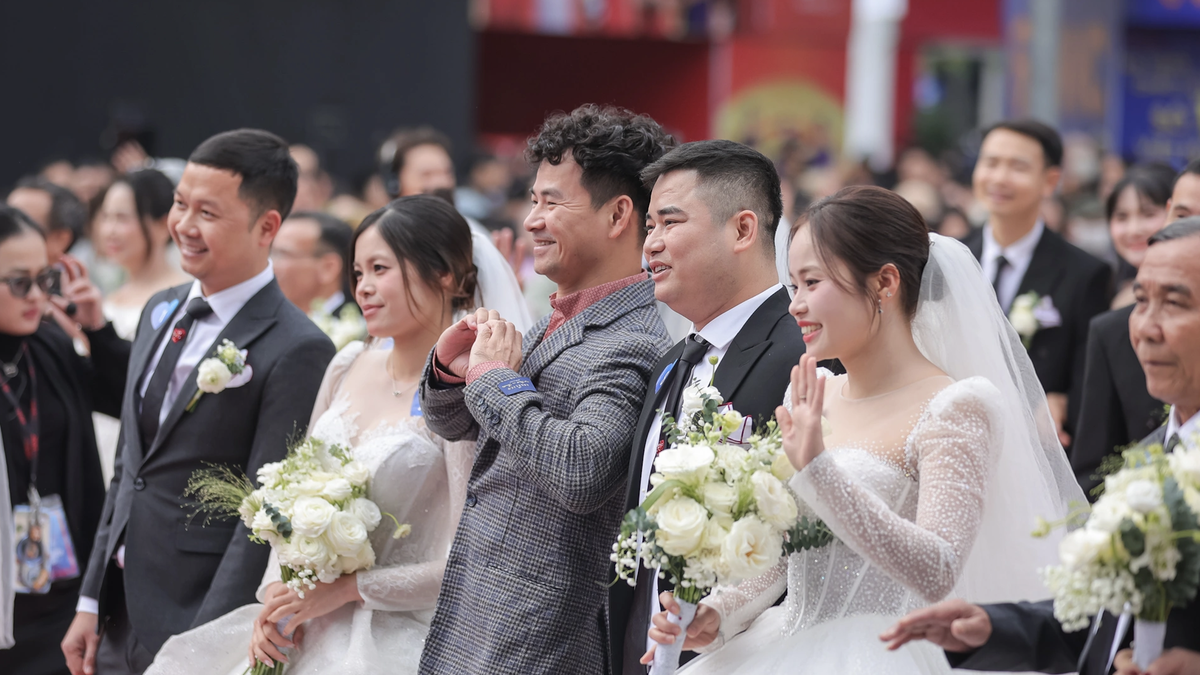



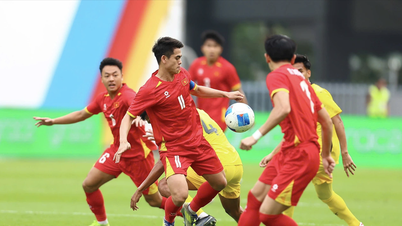



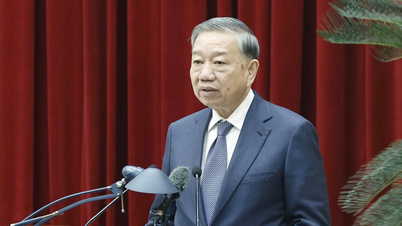
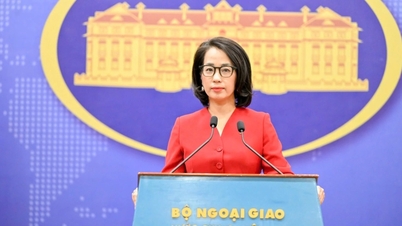




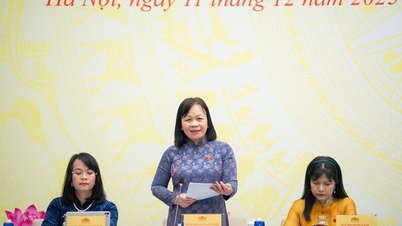

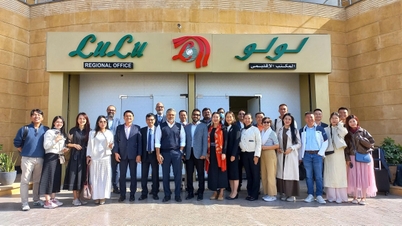

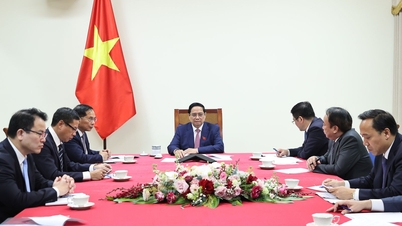

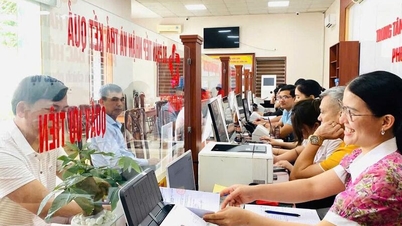









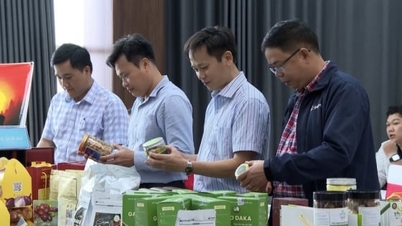









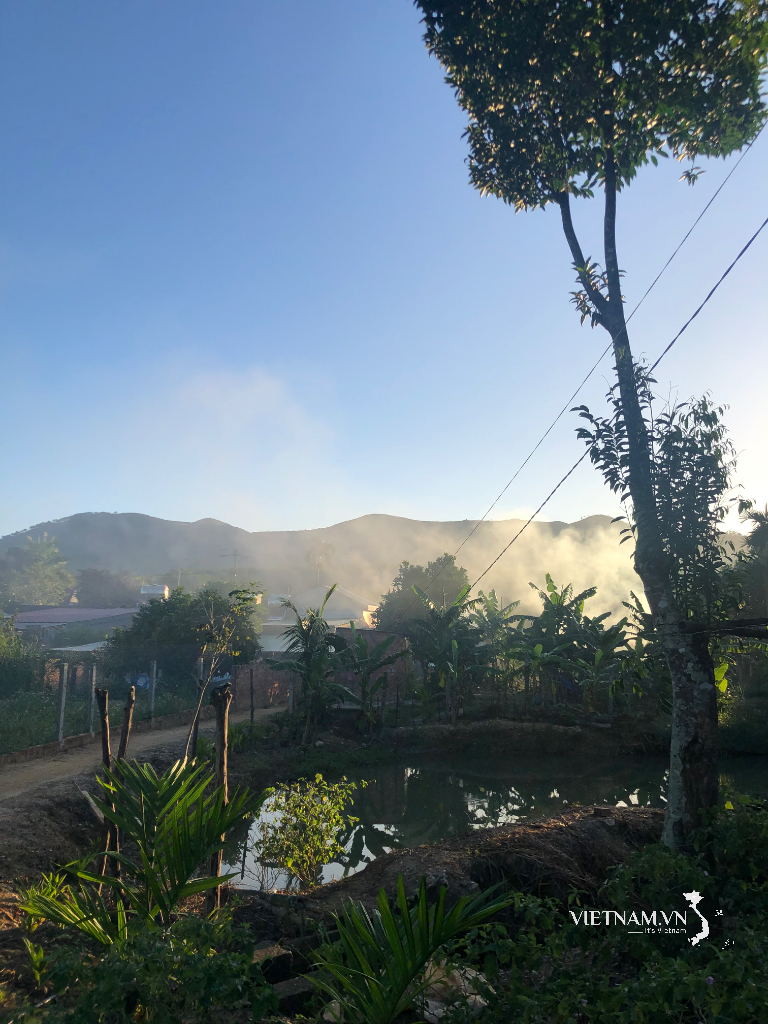

Comment (0)